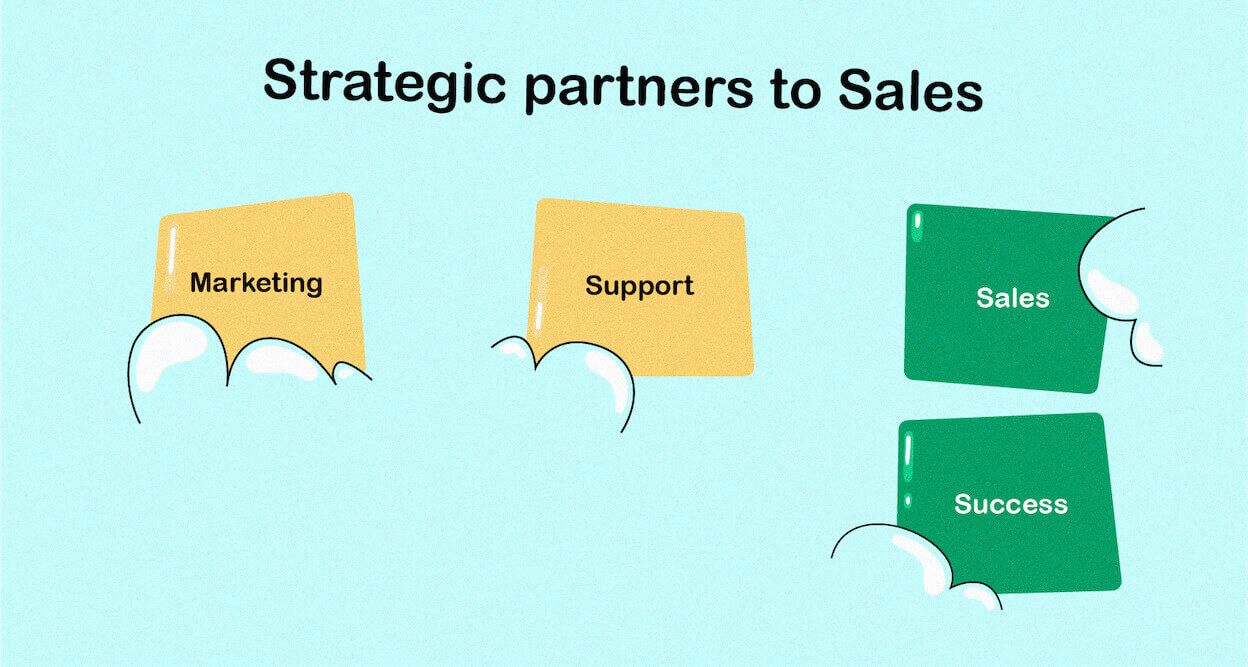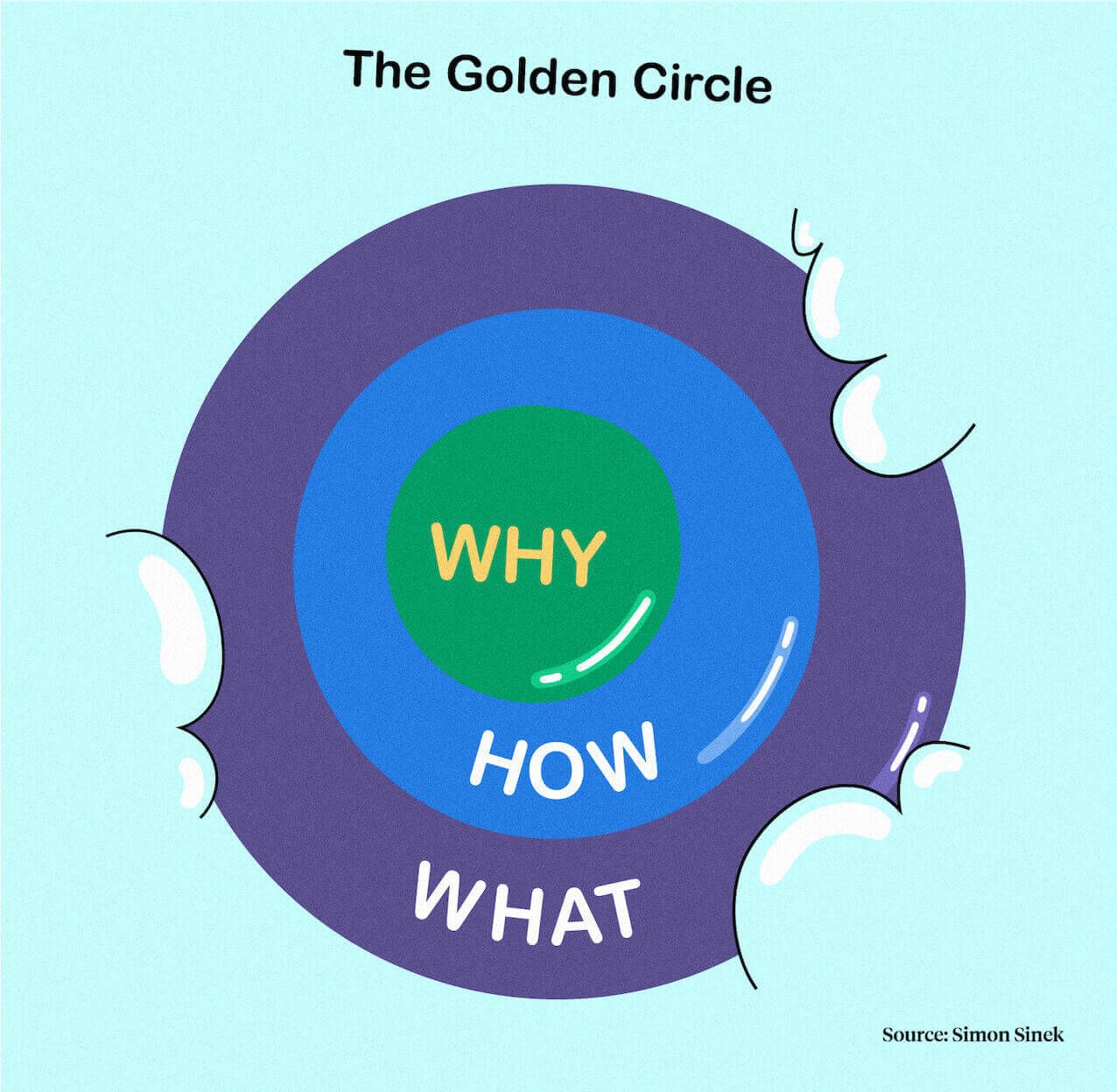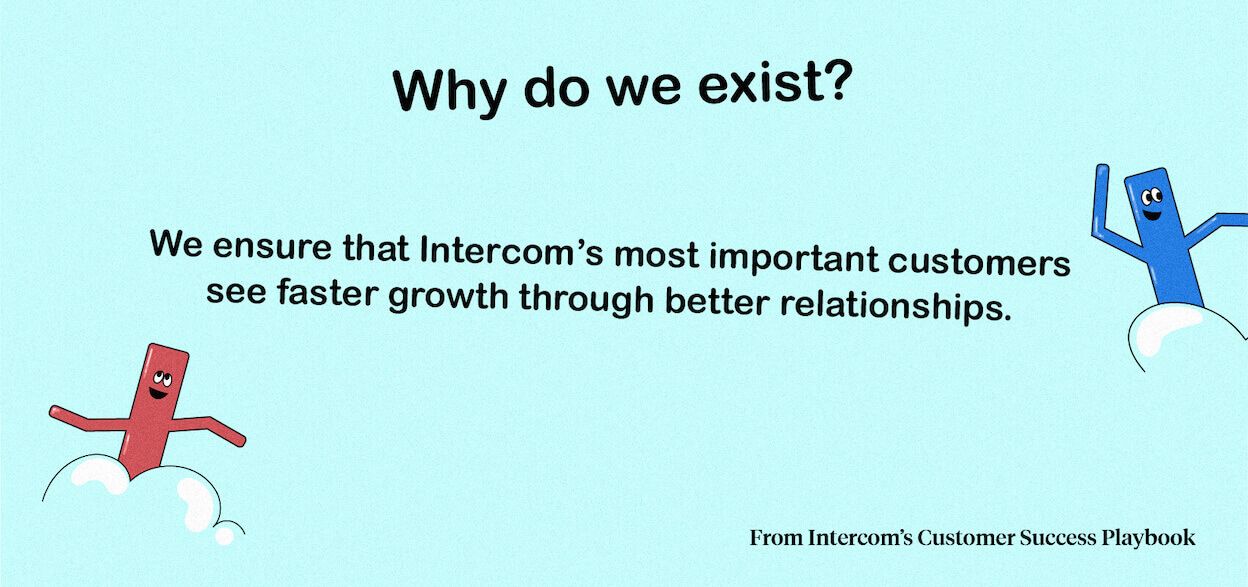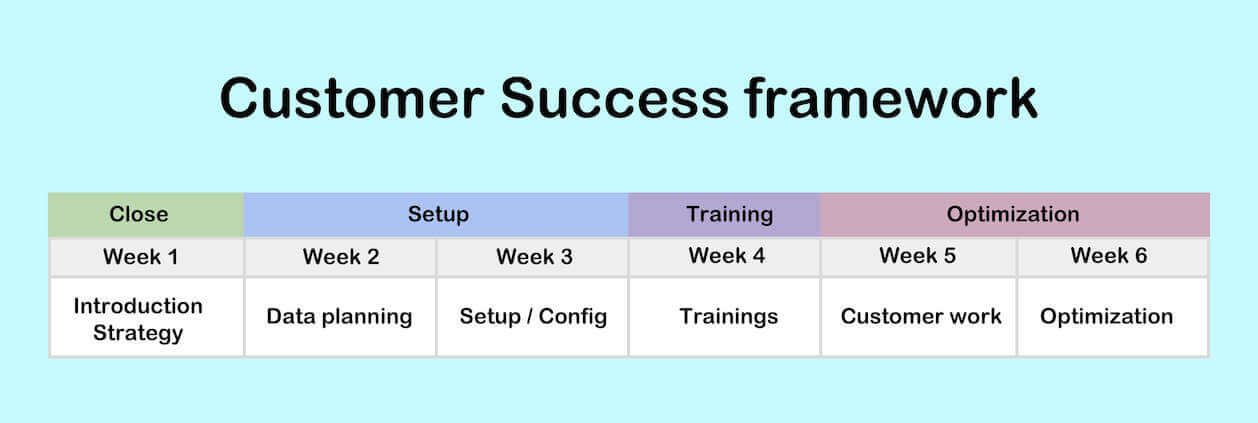
Not just support on steroids: How to build a Customer Success team
Main illustration: Jason Yim
Customer Success teams arise out of the need to provide high-touch guidance to your most valuable customers – without disrupting your Sales and Support teams.
In Intercom’s early years, it wasn’t uncommon to find a support rep looped into a deal or asked to assist with onboarding. With only our Support team available as product experts, our sales reps relied heavily on them, and whatever product knowledge the reps already had, to troubleshoot customers’ problems.
“Our customers needed a dedicated team – one that could jump on calls, assist with implementation, and spend time on complex problems”
But as we continued to bring on more and larger customers, we strained our sales and support reps’ ability to keep up with the demand for their time and expertise. Our enterprise customers expected white-glove onboarding and ongoing training which, while crucial to their success and our business’s, took teammates out of their core jobs.
What we and our customer base needed was a dedicated team – one that could jump on calls, assist with implementation, and spend time on complex problems. In the last few years, we’ve scaled this initial group to more than 10 people globally and along the way, I’ve learned a lot about what it takes to build a high-performing Customer Success team.
From support on steroids to strategic partners
When we first formed our Customer Success team, we reported into the customer support organization. In many ways, this was a natural evolution of the critical role that our support reps had played in our early sales deals. It also reflected the initial motivation behind creating customer success – to offload support requests.

But as we quickly learned, there were downsides to being seen as “support on steroids.” We had a very transactional relationship with the Sales team where reps would come to us with one-off requests. A common one went like this: “A customer has questions about this feature. Can you help?” We were working through a queue of questions without an overarching plan in place.
This led to a situation where we weren’t fully trusted by customers and couldn’t meaningfully impact their success, which led to churn and a diminished customer experience. Instead of answering a few questions here and there, we needed to be helping customers develop their long-term strategy for using Intercom. Put simply, we weren’t living up to the promise of our team, and our customer retention was damaged as a result. To fulfill that promise, we needed to rethink how we worked.
Getting closer to our most important customers
We realized we had to get closer to our customers and in our case, closer to our Sales team. Our Sales team are responsible for both winning new customers and growing them over time. If we wanted to maximize value to our customers, then we needed to be there every step of the way.
“How could customers truly trust us to unlock value for them if there’s a quota hanging over our heads?”
We ultimately decided to join the sales organization, positioning ourselves as strategic partners to our account managers and relationship managers. Today we work hand-in-hand with our sales reps to help our most important customers implement Intercom in ways that meaningfully solve their business problems. We oversee onboarding, conduct account reviews, hold product training, and deploy long-term strategies for customer success.

The key differentiator between us and our sales counterparts is that we don’t carry quotas. While we believe our work is revenue-generating in the long term, we also believe that with customer success, it should do exactly what it says on the tin. After all, how could customers truly trust us to unlock value for them if there’s a quota hanging over our heads?
While joining the Sales organization was a crucial first step, we still had plenty more work to do – from defining our mission and building trust to identifying our most impactful work.
3 lessons on building a Customer Success team
1. Define your team’s mission early
For our quota-carrying counterparts, their mission is clear: close deals. But for our Customer Success team, there’s far more gray area. If customer success managers (CSM) don’t drive revenue and improve KPIs, then how do we add value to a sales organization? More to the point: why do we even exist?
When defining our team’s mission, I started with leadership expert Simon Sinek’s Golden Circle. It’s a simple but powerful tool for peeling back the layers on our everyday work – what we do and how – and narrowing in on the “why” behind it all. Just as companies need purpose, so do the individual teams that comprise them.

The mission we came up with takes inspiration directly from our company mission – to make internet business personal. As a Customer Success team, we strive to ensure Intercom’s most important customers see faster growth through better relationships, specifically with their own customers. Better customer relationships and higher customer satisfaction translates into longer relationships and more opportunities to upsell throughout the customer lifecycle. When we’ve achieved that, then we can be confident we’ve done our job.

But it isn’t enough to just write your mission down and hope others agree. In order for your team to be seen as mission critical, as invaluable to the larger organization, you need buy-in at every level. In our case, we needed to both get buy-in and shake our reputation as support on steroids.
After we drafted our mission, I spoke with our sales leaders, sales reps, customers, and our partners across the company. By soliciting their feedback, we’ve been able to deepen their investment in our team and our purpose. As we now scale the team, we’re continuing to socialize our mission, seek input, and garner buy-in.
Books that inspired me:
- Start with Why: How Great Leaders Inspire Everyone to Take Action by Simon Sinek
- The Advantage: Why Organizational Health Trumps Everything Else in Business by Patrick Lencioni (Thanks to Rich Archbold, our VP of Engineering, for the rec!)
2. Maximize impact by embracing what doesn’t scale
In his essay “Do Things that Don’t Scale,” investor Paul Graham argues that in order to grow, startups must take extraordinary measures. John and Patrick Collison set up Stripe for users on the spot. Brian Chesky and Joe Gebbia traveled door-to-door to meet Airbnb hosts. Often these unscalable activities became part of the fabric of the company’s success at scale.
“At first, it’s nearly impossible to anticipate what will be most impactful”
In many ways, starting a new team is like starting a new company. At first, it’s nearly impossible to anticipate what will be most impactful or in our case, maximize value for our customers. Early on as a team, we embraced what didn’t scale, doing things in what Graham describes as a “handmade, artisanal, painstaking way.” We would personally use all the features in a customer’s Intercom app in order to understand their onboarding experience. We’d manually write up onboarding campaigns on their behalf.
We used what we learned to build a high-level framework. It was our hypothesis of what would allow us to achieve our mission. Rather than prescribing an A-to-Z process for being a customer success manager at Intercom, it laid out the general stages we believed every account would need to follow. Within each stage, there was plenty of room for experimentation, for unscalable tactics.

Once you’ve tested and tweaked your framework, then it’s time to make it repeatable – not just across your accounts but also across your team. Just as startups need to shift their focus from extraordinary measures to scalable ones, so does your team. We codified our framework into processes that any customer success manager can follow and today our playbook is the source of truth for how we work.
Books that inspired me:
- Good Strategy/Bad Strategy: The Difference and Why it Matters by Richard Rumelt
- “Do Things that Don’t Scale” by Paul Graham
3. Build trust by prioritizing people, then process
Starting a new Customer Success team requires a bias toward saying yes. Often in business we’re taught to protect our bandwidth, to follow a process, to fill out a form. But in the beginning, it’s rarely clear what you should be doing, let alone how you should be doing it.
The best way I’ve found to build trust with our sales team is by saying yes to everything (within reason, of course). Rather than starting with a 35-page document, we simply ask, “What do you need?” Being at capacity has allowed us to figure out what’s truly valuable for us to take on – doing proof of concepts, for instance, has become part of our job, while making videos for smaller customers has not. We’ve learned much faster this way.
“When we want to test new tactics, we lead with conversation rather than a prescriptive solution”
Similarly, when we want to test new tactics, we lead with conversation rather than a prescriptive solution. We ask questions like “Would this work for you?” and “Is there a different way you would do this?” When we built a template for creating onboarding campaigns, for example, we initially did so for one customer and one relationship manager. Instead of just making it part of our process, we asked for input from the broader team of relationship managers first (it turns out, most customers don’t need that much help).
Ultimately for us, being a strategic partner to our sales team comes down to really understanding their problems. The reality is a sales rep with a quota doesn’t care if you have a process when there’s a big swing deal on the line. And the same goes for our customers – if our API is broken, delivering value means solving their problem first, not enforcing our playbook.
Books that inspired me:
- How to Win Friends and Influence People by Dale Carnegie
- Let’s Get Real or Let’s Not Play: Transforming the Buyer/Seller Relationship by Mahan Khalsa and Randy Illig
Every Customer Success team will be different
There’s no one way to build a Customer Success team. It’s a new concept for many businesses and one that’s still taking shape for our industry. At every company, the Customer Success team will look slightly different – tailored to the needs of their business, customers, and sales and support teams. That’s what makes this job so fun but also a worthy challenge.
Our Customer Success team is grounded in two things: first and foremost, ensuring our customer’s success with Intercom is maximized and second, being a strategic partner to our Sales team. That’s how we believe we can have the greatest impact on making internet business personal.







